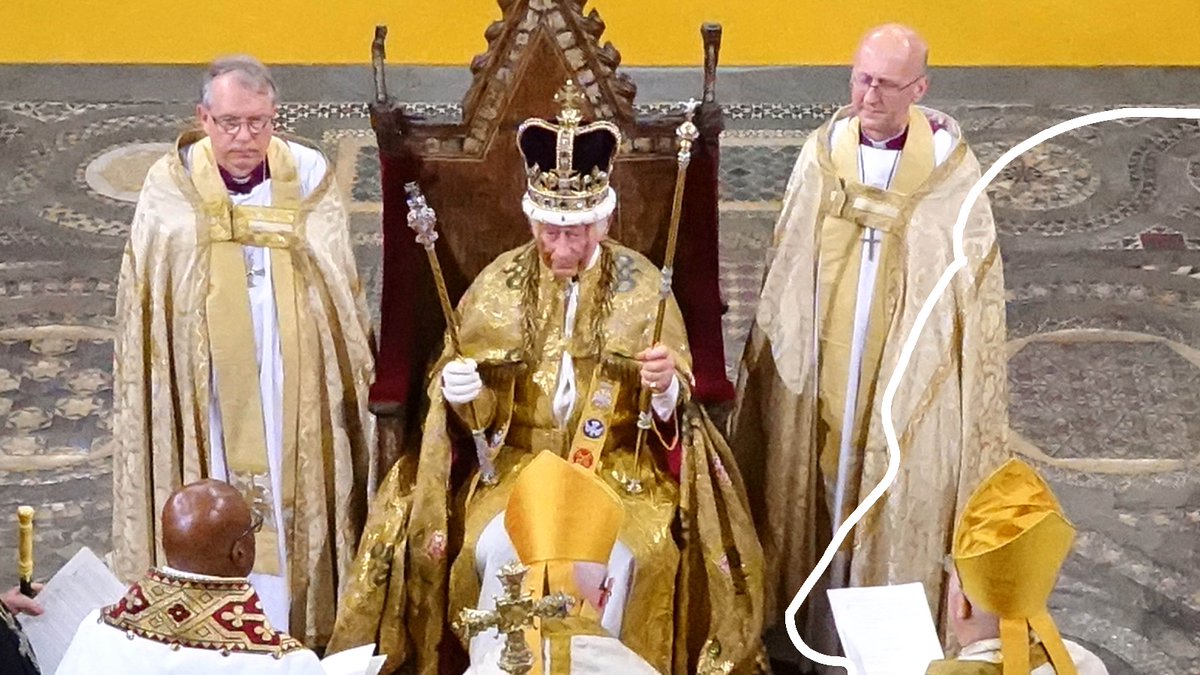Senior Cabinet Office official tells committee of MPs that, following testing exercises for national alert system as far back as 2013, ‘no one was willing to pay’ for wider rollout
Work on the government’s emergency-alert system for mobile phones was effectively stalled for seven years because departments did not want to fund the project, a senior Cabinet Office official has told MPs.
Roger Hargreaves, who is director of the COBR Unit, told members of the Public Administration and Constitutional Affairs Committee that the system, which was tested across the nation in April, had failed to attract interest from departments before the Coronavirus pandemic.
Hargreaves, whose unit was set up last year to deal with crisis operations and short-term horizon-scanning, was asked directly why smaller-scale tests of emergency-alerts in 2013 had not resulted in a full nationwide test for a decade.
“No one was willing to pay for it,” he replied. “We did tests of both cell broadcasting and location-based SMS. That flowed from a commitment to look at warning and informing in the 2010 strategic defence review. The tests were done of both those systems. Location-based SMS was more mature and looked like a better bet, but when departments were asked whether they wanted to invest in this, there was not an appetite from them to contribute to that system.”
Related content
- GDS signs £5m support deal for new Emergency Alerts Service
- Emergency alerts message system launches with nationwide test planned for next month
- Emergency alerts system: MPs to grill Cabinet Office over failure rate and lack of information on process
Hargreaves said that departments had greater confidence in the other warning and informing mechanisms that they were already paying for and were “not keen” to drop tried-and-tested methods to go to a new system.
He said that for six or seven years there was only a “small technical community of interest” in mobile-phone emergency alerts and probably only one public champion: Labour peer Toby Harris.
“In the intervening period, two things changed,” Hargreaves said. “First, cell broadcast technology matured and became a much more viable thing. Secondly, we had Covid. At the start of Covid, we needed to communicate with the public in a very quick and broad way. There was an attempt to do it—well, we did do it—using SMS, but it was really not very effective. That generated the need to get on and deliver cell broadcasting, which then started the work.”
Cell broadcasting, which is the current UK model for emergency alerts, involves messages being sent to all devices in the vicinity of a phone mast. Although it is less precise in terms of the ability to finely target messages, it is capable of delivering a greater volume of messages at speed than location-based SMS.
Political turmoil at home and Russia’s invasion of Ukraine
Hargreaves said work on emergency alerts for mobile phones stepped up a gear in early 2020 and, beginning later that year, government awarded contracts worth a cumulative £15.9m to the UK’s four mobile network operators to support the system for a period of five years.
The senior official added that the platform could potentially have launched around the end of 2021 – shortly after local testing exercises were undertaken in Suffolk and Berkshire. But Hargreaves said last year’s domestic political instability and Russia’s invasion of Ukraine had caused further delays.
He said there was “a lot of concern in government” that launching a new national emergency alert system just after a nuclear power had begun a European war might cause public alarm.
“Some of the media reporting on this was not necessarily based on evidence – it was quite sensationalist,” he said of the initial reporting of the Russian invasion. “So I think ministers were concerned and wanted to give a bit of space between that event and the launch.”
Hargreaves added that the subsequent political turmoil in the UK, which saw Boris Johnson defenestrated by his own ministers and turned into a caretaker PM ahead of Liz Truss’ brief but chaotic time in No.10, further added to delays with the emergency alert system.
However he said Rishi Sunak, who succeeded Truss as PM in late October last year, had wanted to push ahead with the emergency-alert system’s national test, paving the way for April’s trial.
It exposed glitches that saw the messages fail to be delivered to many users of the Three network in England. But Hargreaves said the exercise was still viewed as having been “massively successful” because of the unprecedented volume of people the messages reached. He said Three had also been able to fix the issues the test identified.
Hargreaves said there was a case for doing a national test of the emergency-alert system every two years, but that it would be a matter for ministers to decide.
“Other countries test not just their emergency alert, but often also their sirens, their broadcast systems and other things at the same time; some countries do it monthly,” he said. “Every two years is probably what we would advise ministers, but we are yet to get a view on that.”
Earlier in the evidence session, Lord Harris – who is chair of the independent National Preparedness Commission – told MPs he believed that an effective mobile-phone emergency-alert system could have reduced the loss of life in the Grenfell Tower fire.
Harris said evidence given to the public inquiry into the 2017 fire which claimed 72 lives, had found London Fire Brigade explaining the difficulty of communicating to residents still inside the burning building that so-called “stay put” guidance had changed and they now needed to get out.
“By comparison, under the system that they have now adopted in Australia, there was an evacuation exercise in a 37-storey Department of Justice building in Melbourne, and in less than 10 seconds it identified more than 5,100 mobile phones in the building, with 97% of them reached,” Harris said. “What was more important was that it was possible to see how many of them had responded to the alert once it had been sent.”
Harris acknowledged that Australia had adopted a location-based SMS system for its emergency alerts, rather than the UK’s cell-broadcast model. He said that while the SMS system is “slightly slower” than the cell-broadcast model it could be finely tuned to people in a specific area.
“In the Grenfell example, the watch commander, if he had had control of it, would have been able to draw a line around Grenfell Tower to deliver that [message],” he said. “It is much more precise geographical data. It also provides situational information, so how many mobile phones there are and what they do.”
Harris told MPs that some countries are adopting emergency-alert systems that can use either method, depending on the circumstances.





